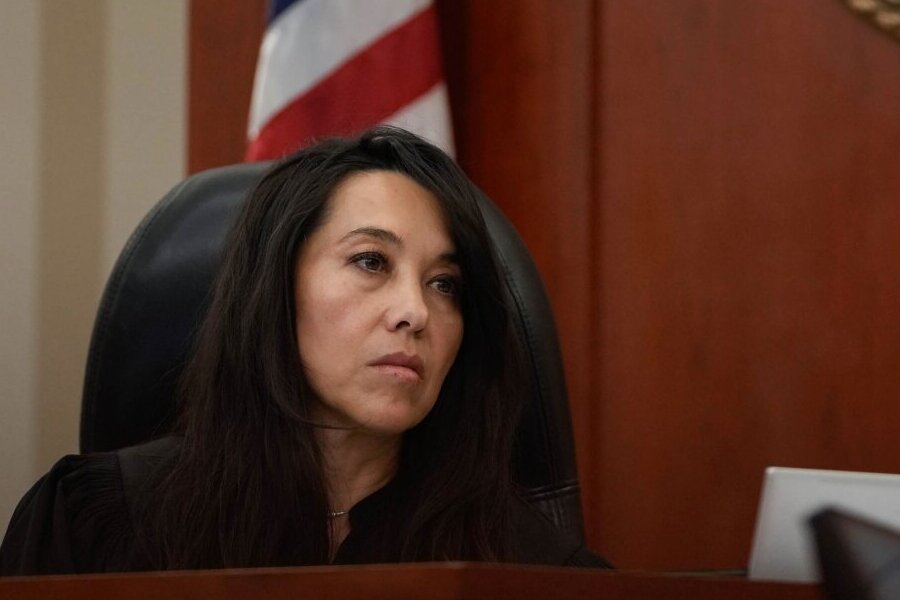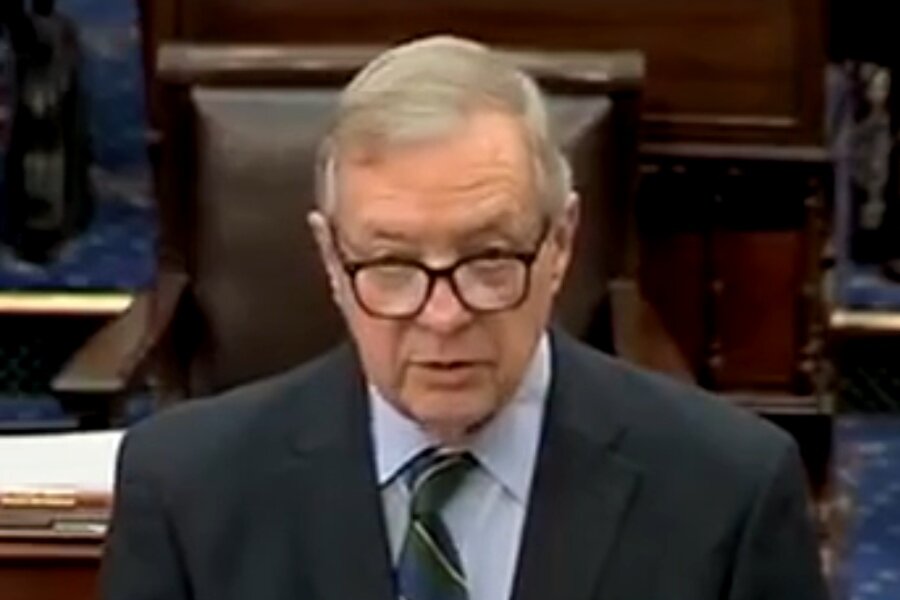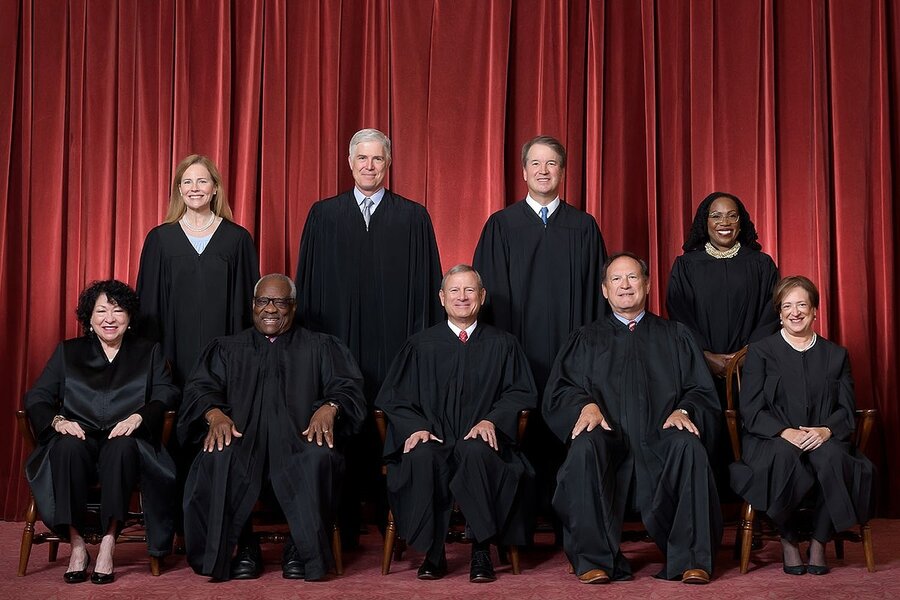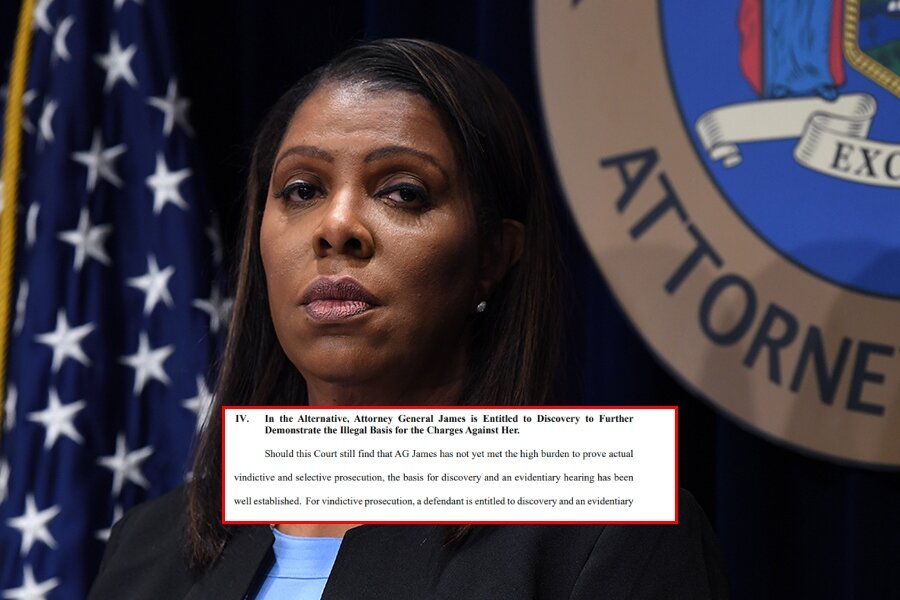Air traffic controllers told the American Airlines pilots to land at a secondary runway at Reagan Airport shortly before a Blackhawk helicopter collided with the aircraft on Wednesday evening.
Reagan Airport has one main runway. There are two shorter secondary runways that are not commonly used.
According to The New York Times, the pilots were told at the last minute to land at one of Reagan’s secondary runways after they were originally told to land on the main runway.
This last-minute change caused the pilots to circle around and land on an intersecting runway.
Footage shows the helicopter crash into the American Airlines plane as it came in at a different angle to land at the shorter runway.
WATCH:
Webcam at the Kennedy Center caught an explosion mid-air across the Potomac. https://t.co/v75sxitpH6 pic.twitter.com/HInYdhBYs5
— Alejandro Alvarez (@aletweetsnews) January 30, 2025
Additionally, a preliminary FAA report indicated that staffing at the DCA Air Traffic Control tower was “not normal” at the time of the helicopter-plane collision.
According to NBC News, at the time of the collision, one controller was overseeing both helicopter and airplane traffic.
The New York Times reported:
Shortly before an American Airlines regional jet and an Army helicopter collided near Reagan National Airport on Wednesday night, the plane’s pilots were asked to pivot its landing route from one runway to another, according to a person briefed on the event and conversation overheard on audio recordings of conversations that occurred between an air traffic controller and the pilots.
American Airlines Flight 5342, which was en route to Washington from Wichita, Kan., had originally been cleared by the National Airport traffic control tower to land on the airport’s main runway, called Runway 1, the person briefed on the events and the audio recordings revealed. But in the final moments of the flight, this person and these recordings also showed, the jet pilot was asked by air traffic control to instead make a circle landing on a separate, intersecting runway, Runway 33.
That decision, according to the person who was briefed on the event and two other people who are familiar with the airport’s air traffic, happens routinely when regional jets like the American Airlines aircraft are involved, and may have been made to help keep air traffic moving efficiently by not clogging the main runway. It nonetheless raised questions within the Federal Aviation Administration on Thursday morning about congestion at National Airport, one of the nation’s busiest, the person briefed on the event added.
Share your thoughts by scrolling down to leave a commen













